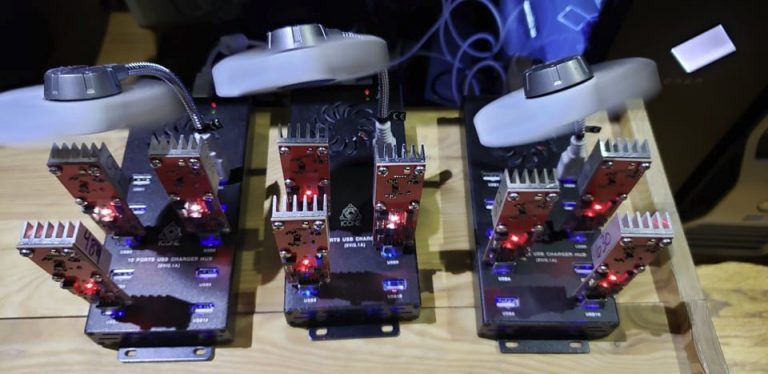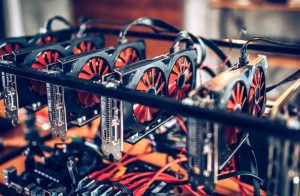Miner finds BTC block using only one miner via USB
3 min readFor the third time in January, luck once again smiled on a solo miner, who found the entire reward of a block of BTC. This time, however, the feat was even more impressive as he achieved it using just a USB Rig.
According to Tom’s Hardware, the miner had a set of nine USB Rigs, which was only 86 TH/s (terahashes per second). However, this was enough to earn him a reward $ 220,000.
USB Rigs are pendrive-like devices that can be connected to a computer or external USB device. Although they are weak individually, miners can combine them and get more computing power.
The miner used the CK solo pool, as did the others who achieved this feat. This pool covers a mining fee of only 2%, while the rest goes to the miner. It also provides anonymity for all network members.
Network problem?
Mining is the main source of security for the BTC network, as the higher the computational power (hash rate), the more secure the network is against attacks. In this sense, the growth of the hash rate also implies more difficulty for the blocks to be found.
Until 2012 it was possible to use personal computers to mine BTC, but the increase in difficulty made this practice unfeasible. Today mining requires the use of specialized chips, the famous ASICs, and a very extensive infrastructure.
In this way, giants such as Canaan or Bitmain began to have an advantage in mining. However, the month of January was marked by a rise in solo miners, who have already discovered at least three blocks in the month.
Does this mean that the network is less secure, or that the hash rate is dropping without anyone knowing? Neither one nor the other: in fact, the BTC hash rate has more than doubled in the last seven months. The network has never been safer from attacks – nor more difficult to mine BTC.
“Luck” is a result of the strength of the network
As Kolivas explained on his Twitter, the reason for the success of solo miners is not because the network is weaker, but because it is stronger. As the hash rate increases, there are more miners looking for blocks, which increases the likelihood that someone will find them.
For the developer, there is no flaw in the Proof of Work (PoW) mechanism, but only an increase in concurrency. At the same time, the number of miners in Solo CK also grew, increasing the pool’s share of mining.
“To be clear, this is not an alert event. There is nothing wrong with Proof of Work, BTC is not broken and my solo mining service does not have a backdoor to find blocks faster. With enough miners, someone eventually resolves a block and it can be a miner of any size,” he explained.
That is, the more strength and the higher the price of BTC, the more miners enter the network. With more miners, the likelihood of someone discovering the blocks increases. If ground miners grow faster, their chances increase accordingly.
This ends up serving as a way to further decentralize the network. More solo miners means less hash rate in the hands of large companies, which makes it difficult for blocks to be blocked as happened in China. Therefore, BTC does not become dependent on a single country or company.
“Solana is the new EOS”, says investor after network suffers new attack







